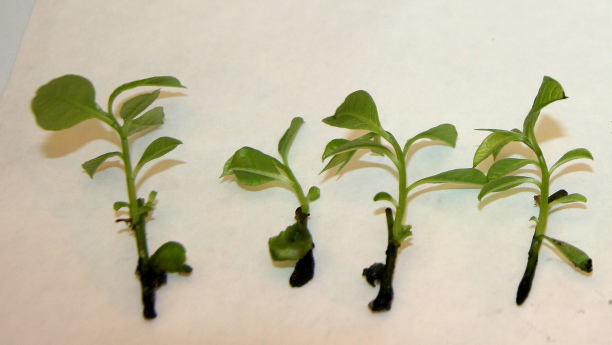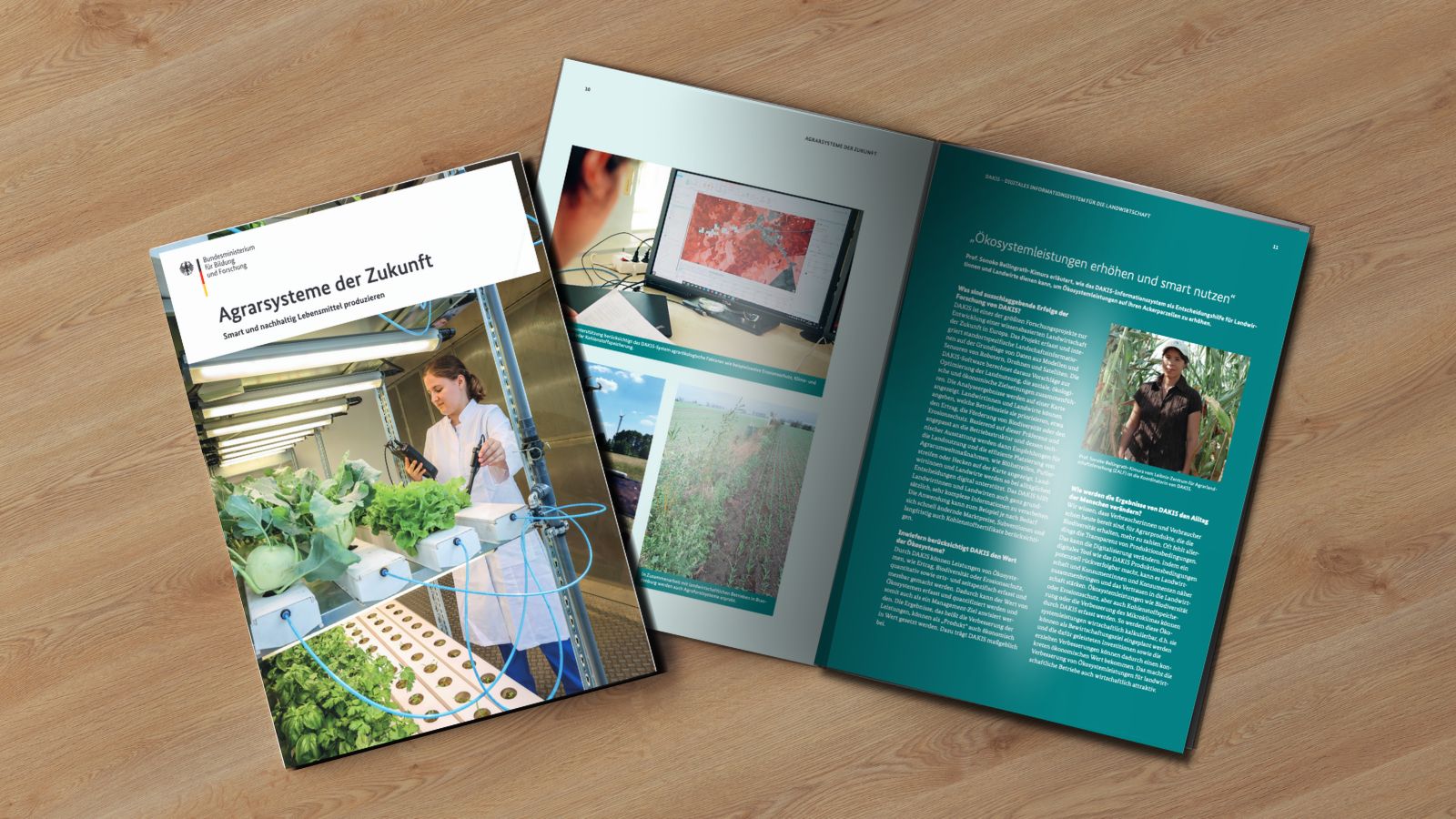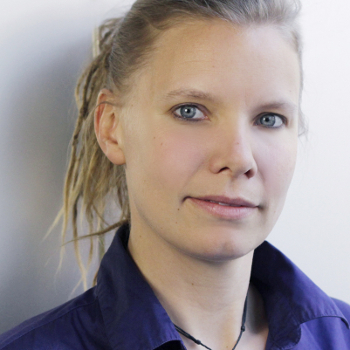
The Asimina triloba plant, also known as the pawpaw, is native to North America and was valued by North America’s indigenous people for centuries. In addition to its highly aromatic fruit, the tree is hardy and resistant to pests. The fruit trees are rare in Europe and Germany because the tree does not propagate well. The company Bock Bio Science GmbH has been researching on ways to increase the pawpaw population in local orchards since 2012. The goal of the biologists from Bremen is the biotechnical mass propagation of plants in the laboratory. The Federal Ministry of Education and Research (BMBF) is supporting the project as part of the funding initiative SMEs Innovative with 380,000 euros.
The pawpaw is shaped like an avocado and with soft yellow flesh with a creamy, custard-like consistency. The sweet and highly aromatic fruit has a banana-like flavour with hints of papaya, pear, mango, and pineapple. The fruit tree may not be well known in Europe and Germany, but it is growing in popularity. “Interest is very large. There are always demands,” reports project leader Maria Blondeau from the Bremen-based family company Bock Bio Science. The fruits from Asimina triloba are rich in nutrients and considered extremely healthy. Pawpaws are packed with vitamins and trace elements and can help to prevent cardiovascular diseases. They also contain a higher amount of protein than the banana, apple or orange. It also has higher concentrations of most minerals and essential amino acids. The fruits are used to make jams, ice cream, juices and liquor. Asimina is even recommended by experts for vineyards. Plant biologists from the US and Germany have attested for some time now that the native American tree has a lot of market potential. The reason: the tree can withstand even icy temperatures as low as minus 26 degrees and is resistant to insects. This makes the tree interesting for organic farming. But before Asimina can conquer the market, a suitable and cost-effective planting material needs to be developed.
Mass propagation using tissue culture
Bock Bio Science is specialised in the biotechnological production of genetically identical cuttings of crops, called cloning. This allows species to propagate steadily and in large amounts. In vitro propagation in the laboratory is already routine in orchids and strawberries. Scientists at the company’s laboratories have been researching how to establish an extensive cultivation of Asimina triloba in fruit farms now for three years. The pawpaw is not only robust, it also bears extremely nutritious fruits. Despite many efforts at propagation, the yield has been poor. A central problem for fruit growers is the propagation of the plant: shoots proved difficult to generate. And the offspring from the seeds of the fruits lack in yield, taste and size as well as the ratio of flesh to seeds when compared to the indigenous trees in the US.
For these reasons the pawpaw is still an expensive luxury in Europe. A young plant is still too expensive at 50 euros for industrial utilisation. “The great difficulty is the rooting of plants. Asimina cuttings don’t take root at all. The only way to propagate them so far is by grafting them on rootstocks,” explains Blondeau. Together with colleagues, she has been working for three years on solving this problem. Within the funding initiative SME Innovative, the BMBF is funding the research project with around 380,000 euros. The team from Bock Bio Science have been working on developing a new procedure for the in vitro propagation of the pawpaw in the laboratory. Their goal is to find out under which light and temperature conditions the plant clones best thrive and which minerals and plant hormones advance root growth.
A “magic potion” transforms tissue into trees
During the project, researchers resorted to using cultivated varieties of young Asimina plants with which they experimented using the tissues of different types of fruits and seedlings. However, own-rooted plants from Asimina are not so easy to produce biotechnologically and it is also a lengthy process. “The plant tissue has to be sterile and at the same time it has to be viable,” says Blondeau. The Bremen researchers have overcome these hurdles. “The fact that they grow up absolutely sterile, it also means they are disease-free,” reports Blondeau. With a self-created “magic potion” – a mix of different growth promoters – they have managed to transform the extracted tissue into seedlings which propagate exponentially fast. Whole trees can develop from these microshoots. "We have also carried out experiments with the spectral composition of light, because it is known that some trees take root better if they can absorb infrared light.”
The exact recipe for the propagation and rooting of Asimina remains, however, is the Bock Bio Science researchers' secret. Meanwhile up to 70,000 microshoots are growing on ten-metre high shelves in the company’s tissue culture laboratories. In autumn last year, more than 30 percent of the microshoots were lost due a fungal infestation caused by a technical defect in the laboratory. Despite the setback, Maria Blondeau and her team are confident of being able to present an optimal propagation method soon. But it will take some time before Asimina is available as a standard product for a reasonable price at garden centres and tree nurseries. Nevertheless, the researchers are convinced: if their work is successful, the pawpaw could become a triumph in Germany just like when the kiwi was brought over to New Zealand from China in the early 20th century.
Author: Beatrix Boldt


